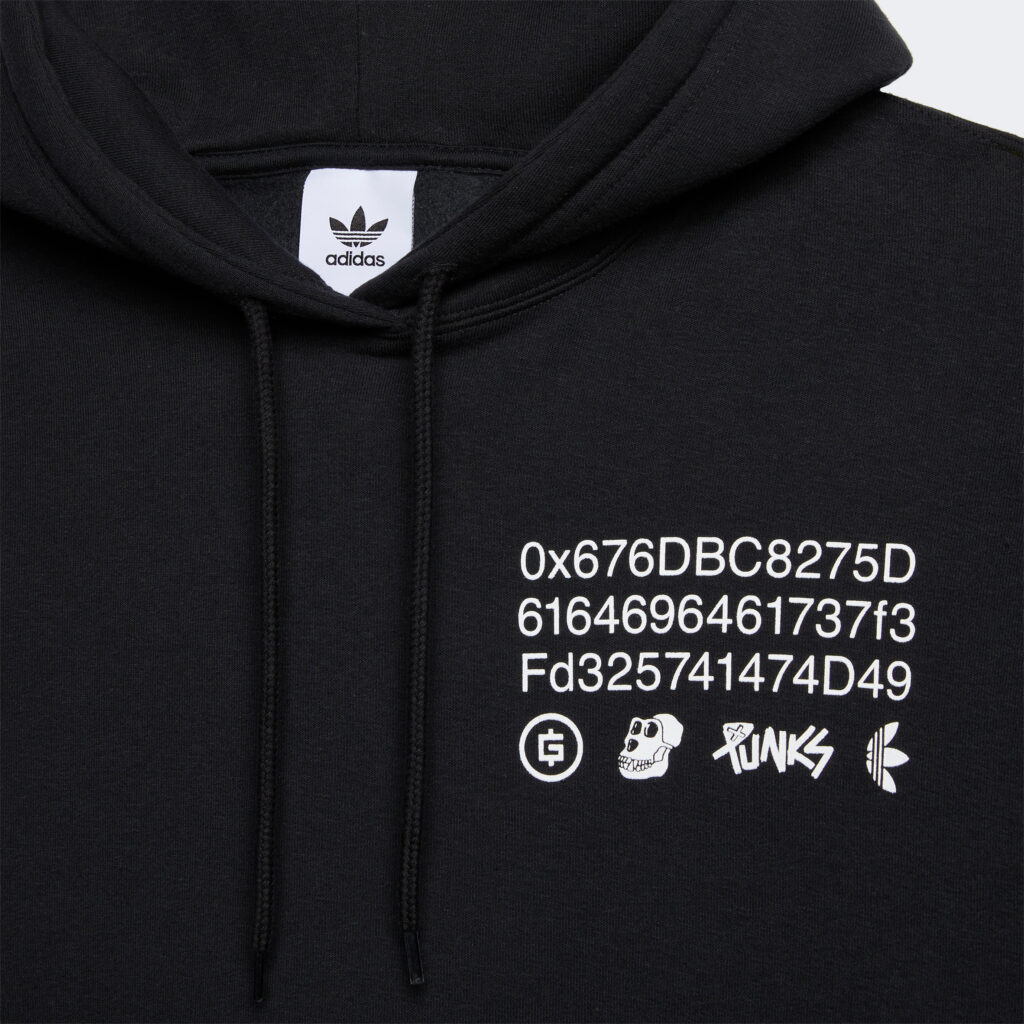
Loyalty & Reward Co first explored the use of blockchain in loyalty in 2017, which included a world-first research project at the University of NSW.
Since then, the possibilities for blockchain loyalty have expanded greatly, with the exciting innovative area now more commonly know as Web3 loyalty.
What is Web3 and how is it used to drive customer loyalty?
Web1, the first iteration of the internet, provided free access to information and opportunities to connect, publish, and sell to anyone, anytime, anywhere.
Web2, the internet over the last 20 years, opened instant access to goods and services (eCommerce) and immediate connections to socialise online. A few companies known as FAMGA became dominant and monopolistic (Facebook, Amazon, Microsoft, Google, and Apple).
Web3 promises decentralised platforms with transparency and interoperability (exchange and make use of information), where the defining characteristics are creating communities and the sharing of value across participants.
Web3 loyalty covers blockchain, cryptocurrencies, NFTs, DAO’s and the Metaverse.
Blockchain
A blockchain platform can be integrated with loyalty and retail partner platforms to facilitate secure, real-time, auto-reconciled transactions.
Blockchain provides specific advantages for major loyalty programs which have large, expensive legacy systems.
- Settlement – reward programs, particularly coalition programs, can have cumbersome processes to settle rewards, i.e., the OneWorld alliance. Blockchain could settle transactions almost instantly through the use of smart contracts.
- Smart contracts are programs stored on a blockchain that run when predetermined conditions are met. For example, a loyalty program that rewards members on their birthday would use a smart contract, a program to release a crypto reward for someone’s birthday each year.
Cryptocurrencies
Web3 loyalty strategies can use cryptocurrency instead of traditional points and miles to reward program members. Rather than holding a balance of points or miles members hold a new type of digital currency that is constantly adjusted based on market forces of supply and demand. Crypto has the potential to drive much deeper member engagement than traditional loyalty rewards.
Examples include:
- Lolli: a cashback app that gives users Bitcoin when shopping through the app with affiliate partners
- Binance: a cryptocurrency exchange that rewards users with their own cryptotoken BNB for using or recommending their services.
- E-Stablecoin: a cryptocurrency that can be transformed into useable electricity.
NFTs
A NFT (Non-Fungible Token) is a term used to describe a unique digital asset where ownership is tracked on a blockchain. At a high level, non-fungible simply means that it is unique and cannot be replicated. They enable scarcity and verified ownership in the digital world. There are three key elements to understand:
- An NFT acts as a certificate of ownership which uniquely represents any piece of media or asset
- The value of an NFT is not necessarily the media or asset itself but the proof of ownership
- NFTs can contain smart contracts – making it possible to attach additional utility to expand their purpose
The Web3 technology behind NFTs will likely drive the future of loyalty. Click here for an in-depth look at all things NFTs, loyalty programs and rewards, including real-world brand examples.
Metaverse
The term Metaverse can be used to describe a 3D iteration of the internet. However, the term is used to envision a future combination of virtual reality and IRL (in real life) online interactions accessed through a browser or VR headset, which allows people to have experiences in real-time.
These could range from gaming, shopping or attending virtual events. Hence, loyalty programs are starting to explore the Metaverse as a channel to engage with consumers and enhance their online virtual experiences.
Loyalty programs can leverage the Metaverse to give members opportunities to earn and redeem loyalty rewards.
However, lots of improvements are required. i.e., shopping in Decentraland today is arguably worse than shopping on Amazon. Music concerts in Decentraland are arguably worse than they are on Zoom.
DAOs
A DAO is a member-owned community without centralised leadership.
DAOs have become very popular during the past few years, covering everything from investment management, acquisition of collectables, awarding of grant funding and facilitation of charity donations.
DAOs work differently to most hierarchically-structured organisations, with a democratic focus powered by voting rights, no central owner and full transparency for participants.
DAOs utilise blockchain technology to safely manage voting rights and transparency.
DAOs generally include a digital wallet which holds group funds. The funds can only be unlocked via multiple signatures (or multi-sig) to ensure appropriate security.
The loyalty programs of the future will incorporate DAO elements to provide members with the ability to vote on specific initiatives, with smart contracts automatically triggered to fulfil the winning vote.
Conclusion
Web3 has a major role to play in the future of loyalty, however it is very complex and governments are still developing legislation to manage perceived risks.
With such huge potential, it is recommended for brands to commence the journey now by starting with some small Web3 initiatives.
Contact Loyalty & Reward Co to see how we can help you develop a Web3 loyalty strategy.

